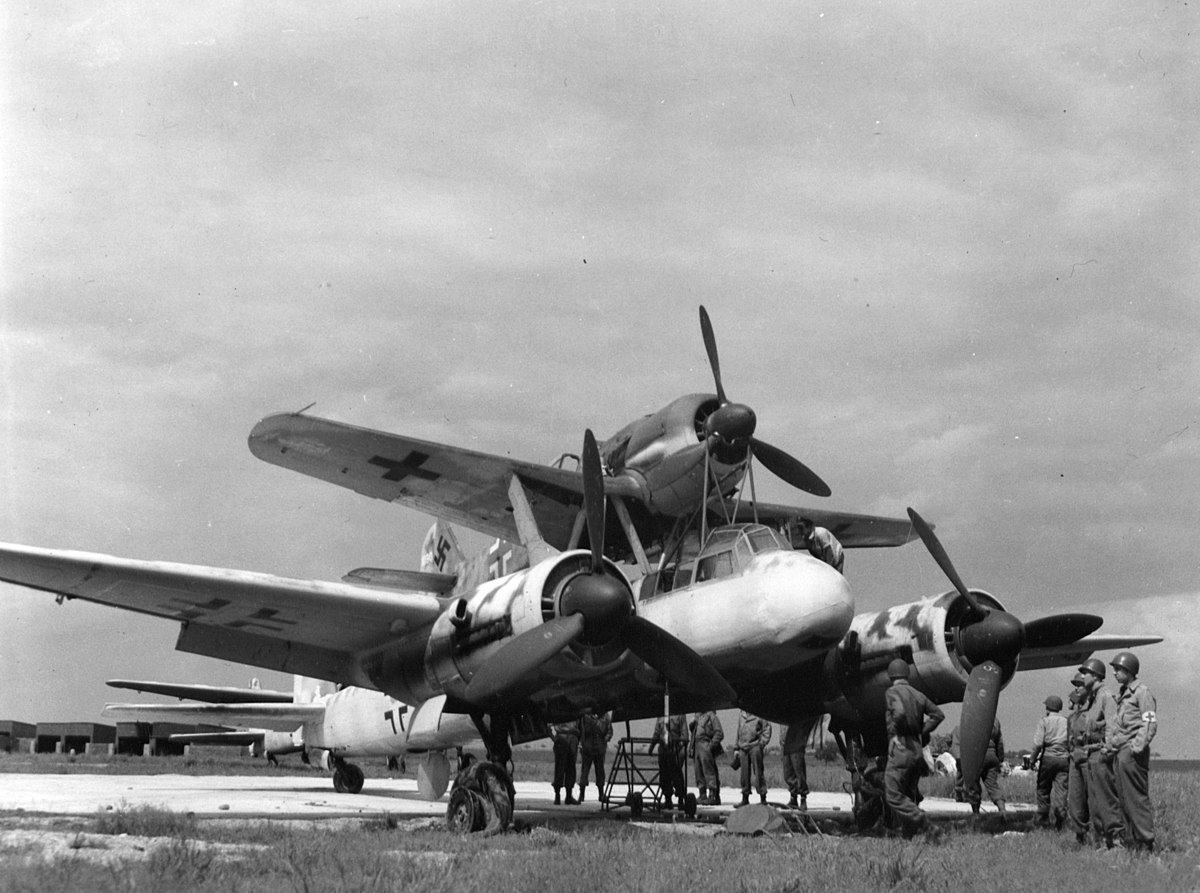Giant Man Eating Rabbits
Banned
Inspired by this video
What if during the London Blitz Stuka's were used during the night to launch precision strikes on targets such as power stations, Buckingham Palace, Downing St etc.
This would involve a Staffel of He-111's, Ju-88's or Do-17's bombing a certain area with bombs and flares to light up the target allowing a staffel of Stuka's to then attack a surgically hit the target.
Would this work?
Would it be effective enough?
What if this was used against the docked ships in Portsmouth and other ports within the Stuka's range thus crippling the RN?
What would the effects on the morale on the populace be seeing Buckingham Palace or Downing St carpet bombed like this?
What if during the London Blitz Stuka's were used during the night to launch precision strikes on targets such as power stations, Buckingham Palace, Downing St etc.
This would involve a Staffel of He-111's, Ju-88's or Do-17's bombing a certain area with bombs and flares to light up the target allowing a staffel of Stuka's to then attack a surgically hit the target.
Would this work?
Would it be effective enough?
What if this was used against the docked ships in Portsmouth and other ports within the Stuka's range thus crippling the RN?
What would the effects on the morale on the populace be seeing Buckingham Palace or Downing St carpet bombed like this?
